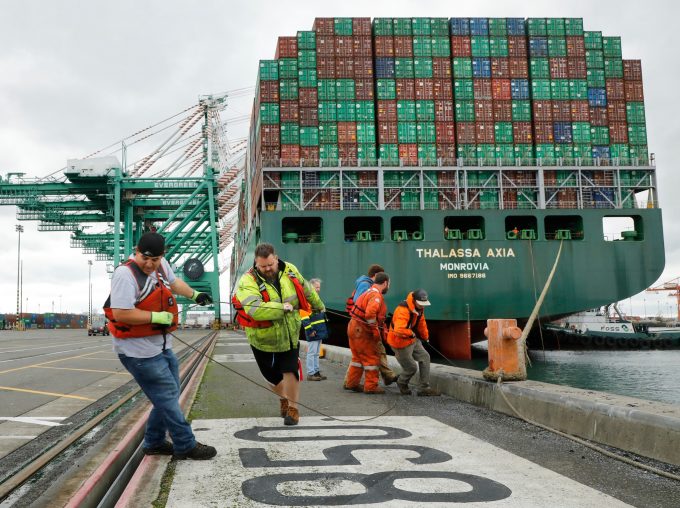Gemini Cooperation carriers steam ahead of rivals in reliability stakes
Ocean carriers “need a big nudge” to get their global on-time performance (OTP) back to ...

The 2M carriers, Maersk and MSC, with VSA partner Zim, will drop Seattle from the schedule of their TP9/Eagle/ZP9 service from this week, due to port congestion.
The omission will commence with the Zim-deployed 5,610 teu Akinada Bridge call this week.
MSC said the decision was “due to the increased waiting time for vessel berthing”, which it said was “impacting schedule reliability and causing delays to shipments”.
However, the carriers said the omission was “temporary”.
According to eeSea data, the 2M and Zim deploy ...
Maersk u-turn as port congestion increases across Northern Europe
Apple logistics chief Gal Dayan quits to join forwarding group
Maersk Air Cargo sees volumes fall as it aims for 'margin in favour of revenue'
Airlines slash freighter capacity post-de minimis, but 'the worst is yet to come'
Houthis tell Trump they will end attacks on Red Sea shipping
Transpac rates hold firm as capacity is diverted to Asia-Europe lanes
MSC revamps east-west network as alliance strategies on blanking vary
India-Pakistan 'tit-for-tat' cargo ban sparks sudden supply chain shocks

Comment on this article